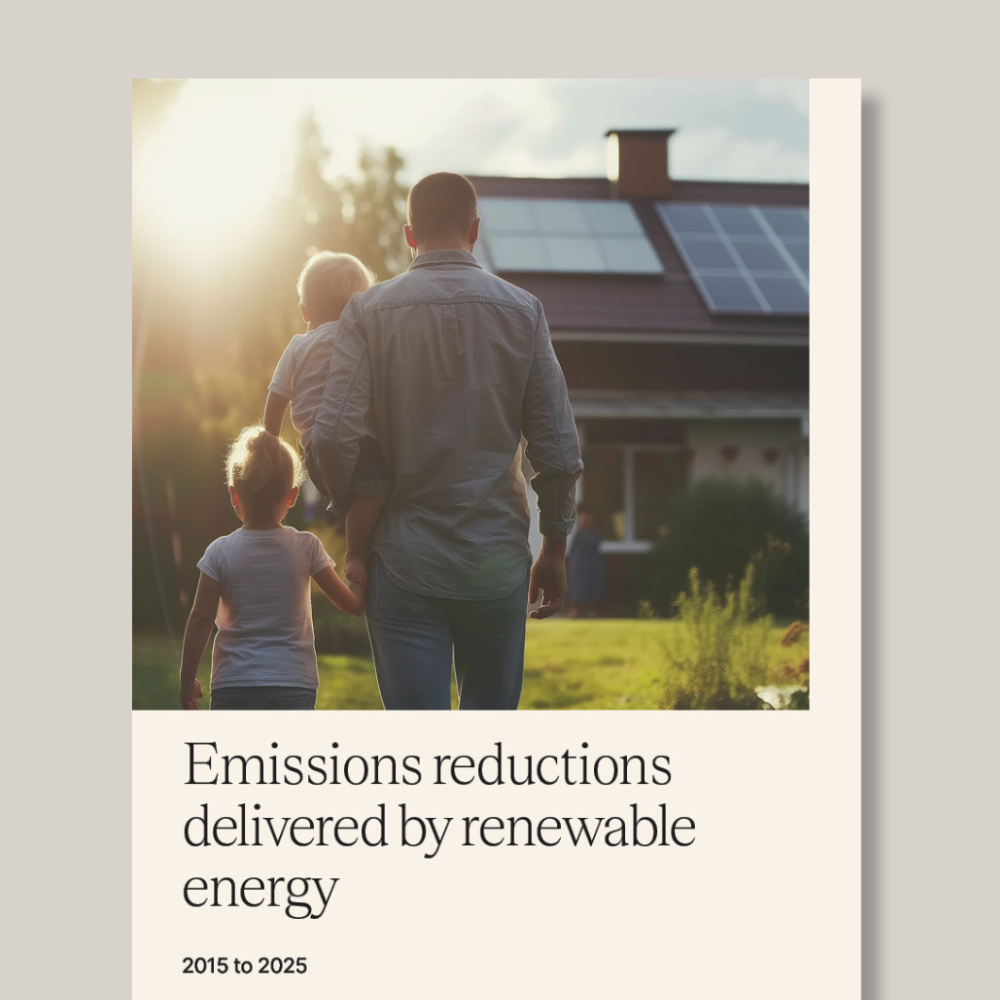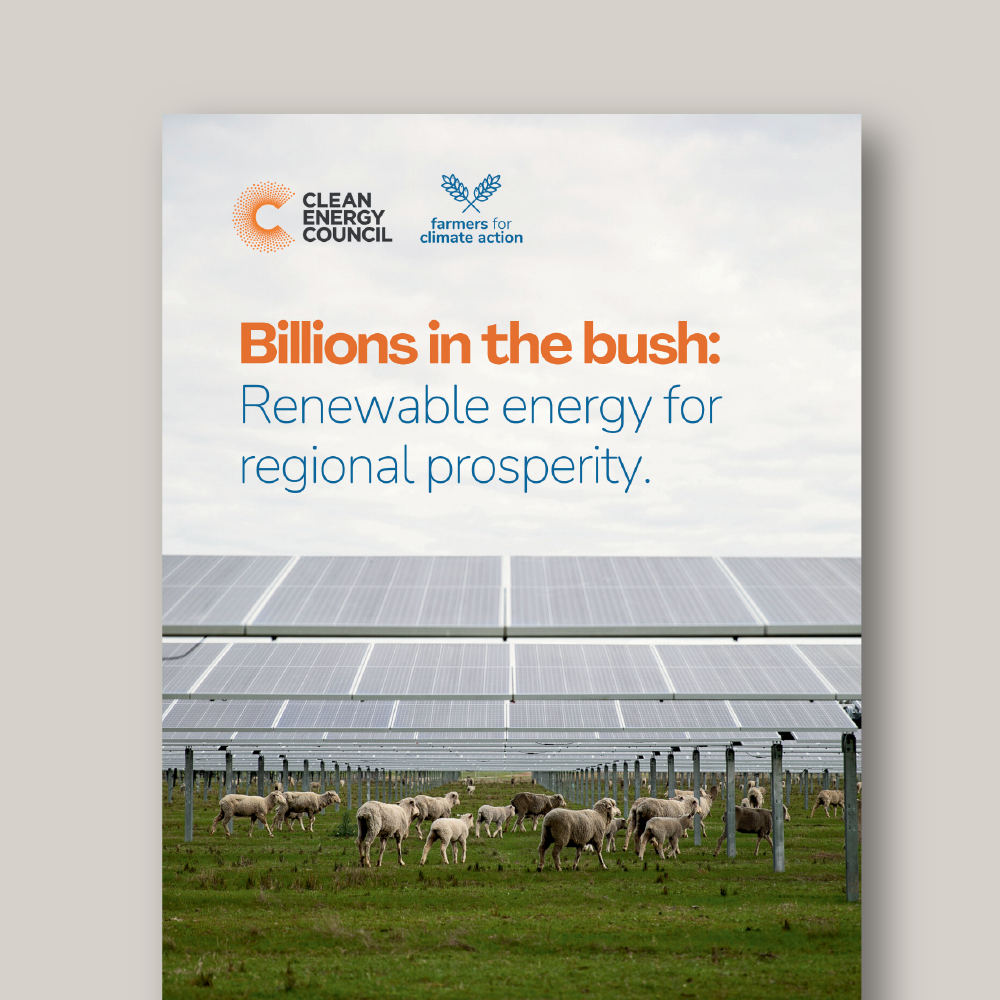09 Oct 2023
The Power Playbook is a fully integrated plan for seizing our global opportunities in renewable energy.
This submission sets out a structure for the creation of a formalised national masterplan and details a raft of recommendations, designed to work together, that include: A Clean Energy Transformation Investment Package capable of boosting and retaining Australia’s international competitiveness in the order of $10 billion per annum for at least ten years, or a minimum of $100 billion. The Australian Government should formalise a ‘Renewable Energy Superpower Masterplan’. The full decarbonisation of the electricity sector by 2035, recognising that low-cost, renewable energy will be the foundation of Australia's competitive advantage in a net zero economy. A long-term national policy mechanism to drive increased and sustained investment in large-scale renewable energy projects. An increased Large-scale Renewable Energy Target (LRET) extended beyond 2030 to at least 2040 is the preferred option. Evaluation of the benefits of a co-ordinated national delivery plan for all transmission projects of national significance to deliver cost and time savings. New national targets for rooftop solar and distributed energy storage for 2030 and 2040.Expansion of the Small-scale Renewable Energy Scheme to support distributed battery uptake .A national offshore wind target to provide investor certainty in relation to the scale and ambition of Australia’s offshore sector, supported by a policy support mechanism which can drive contracting. Major investment allocations for green hydrogen, green iron and energy transition minerals processing. Additional capacity within Commonwealth, state and territory government planning and environmental assessment units to expedite project assessment processes. Development of a National Clean Energy Supply Chain strategy. Alignment of higher education funding models with industry needs for the clean energy transformation. Clean Energy Council Chief Executive, Kane Thornton, said that Australia had a historic opportunity to leverage its abundant natural resources to maintain a competitive edge relative to other nations. “In a blizzard of ideas, our renewable energy future needs a single cohesive strategy for us to progress as a nation, our playbook helps Australia chart that course,” Mr Thornton said. “The decisions we make now will impact future generations; we can’t leave our energy future to chance. "Our goal with the Power Playbook is to spark serious discussion and focus our national efforts on establishing a masterplan to direct our collective resources and deliver on our aspirations.” The submission calls on the Commonwealth to establish a Renewable Energy Superpower Masterplan – a strategy to outline Australia’s vision as a producer and exporter of clean energy and value-added products, identify priority markets for clean energy exports, and guide public and private investment. Clean Energy Council Policy Director for Decarbonisation, Anna Freeman, said Australia is in a global race and needed to stake its claim.
We need to signal as quickly as possible that Australia intends to be a leader in clean energy and green commodities markets. If we don’t, we’ll find ourselves at the back of the queue for capital, technology and skilled workers.Anna Freeman Policy Director, Decarbonisation
“Low-cost renewable energy is the foundation of a competitive Australia fit for the race to net zero.“ Australia needs to see a substantial increase in annual financial commitments in the order of 6 to 7 GW of new large-scale renewable projects from 2024, and the installation of approximately 3.5 GW of rooftop solar per year through to 2030, in order to achieve the Government’s target of 82 per cent by 2030. We will then need to keep powering ahead in renewable energy deployment if we are to realise our ambition to be a renewable energy superpower.” The submission has also recommended that the Government prioritise investment in green hydrogen and minerals processing market opportunities over the next decade.“ Australia may not have the financial firepower of the United States to throw resources at all the opportunities before us, but we can make the choice to invest strongly in priority markets that align with our comparative advantages. However, each and every opportunity depends on access to low-cost, renewable energy, and that has to be our number one priority,” Mr Thornton said.
ENDS
For more information or to arrange an interview, contact:
Liam Straughan
Clean Energy Council Media Officer
+61 409 470 683
In the news
Latest news
Read the latest updates from the Clean Energy Council and across the industry.





